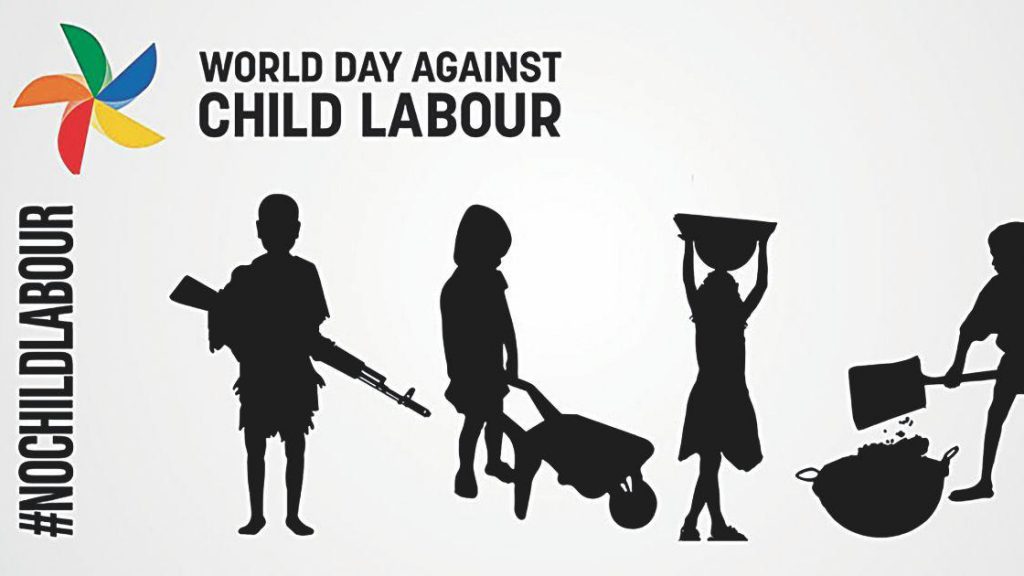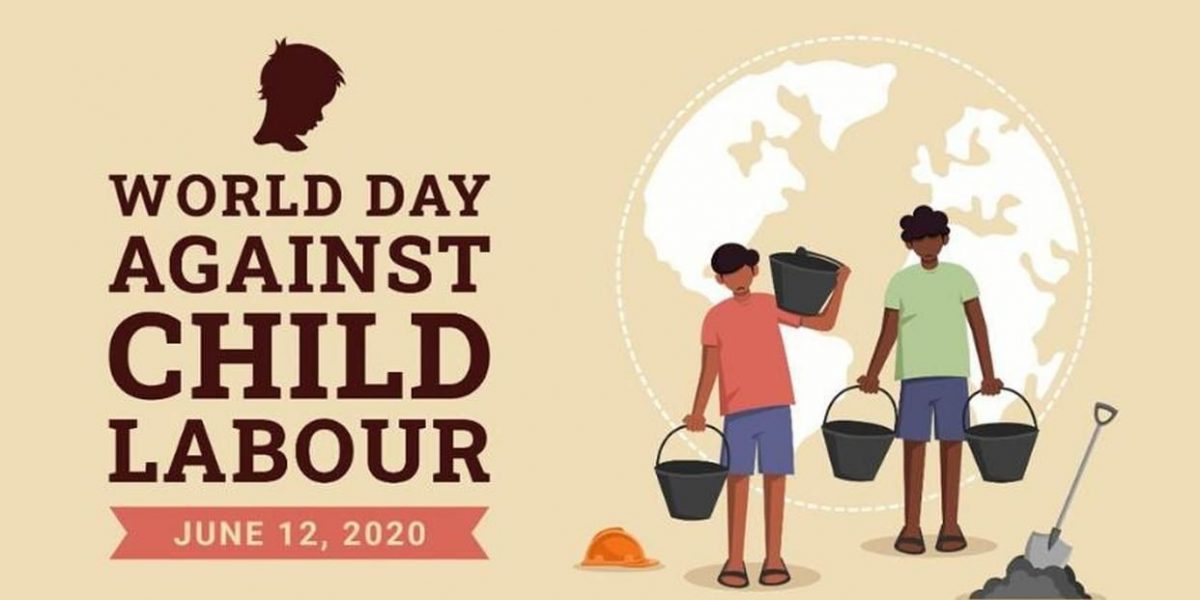Almost one in ten children worldwide are used in child labour, according to UNICEF and International Labour Organization.
It is important to first draw the line on the difference between meaningful work done by children and what is defined as child labour. Household chores such as washing the car, sweeping the compound etc., helping out at the family business or earning some extra pocket money by babysitting or doing after-school shifts at the local fast-food restaurant are all considered healthy ways for mental, emotional and physical growth in children.
When this work deprives the children of their childhood, their potential and their dignity it is considered as child labour. It is a violation of their rights and winds up being detrimental to their physical and mental development. Children all over the world are used in commercial farms, corporate sweatshops, prostitutes/transactional sex as a means of survival. In Sub-Saharan Africa, a fifth of children are working, this translates to around 73 million children whose lives have been interrupted, in most cases, permanently.

In December 2019, some of the largest technology companies in the world were named in a suit by the parents and guardians of the children that work in the Congo cobalt mines. Apple, Microsoft, Dell, Tesla and Google were sued for aiding and abetting in the death and serious injury of children working in the mines that supply these companies with the cobalt used to manufacture the rechargeable lithium batteries for their products. Most of the cobalt is mined, sorted and transported by hand with rudimentary tools, little or no safety wear, and harsh, potentially hazardous conditions. The children receive beatings from their overseers and middlemen, work under all weather conditions and receive as little as Ksh.75 for a twelve-hour work day. And because the mines are unprofessionally dug and manned, miners get buried alive when they collapse, or get paralyzed when they fall into the pits due to lack of safety harnesses.
Child labour, as we have said is a global phenomenon. “Ethical” computer hacking group Anonymous recently leaked slain American financier Jeffery Epstein’s ‘black book’ on Twitter in which he had listed contacts involved in a child prostitution ring. There has been blanket condemnation of apparel companies using sweatshops in South America and East Asia to produced high-end merchandise. Chocolate giants Cadbury’s and Nestle have been put to task to explain their supply chain of raw cocoa from West Africa. So what reasons drive this practice?
For starters, poverty levels push families to send their children to these labour camps. The children and their parents, too, have insufficient access to education that could offer them better opportunities for survival. Conflict, illiteracy, cultural and religious beliefs also contribute the menace. Consequently, child labourers suffer from self-esteem issues, mostly due to the taunting of their peers and the harsh treatment of the overseers at the place of work. Death and injury can occur during the commission of the work, or long-term health problems associated with handling poisonous minerals at the mines. And obviously, the children do not gain skills for meaningful employment in their futures.
World Day Against Child Labour 2020 focuses on the impact of crises on child labour. The Covid-19 health pandemic and resulting economic and labour market shock are having a huge impact on people’s lives and livelihoods, and children are at an even greater risk facing circumstances that are more difficult, including working longer hours for lesser pay.
Some of the steps we can take as a public in the process of eradicating child labour include a review of national laws regarding child labour; refer to your buyers’ requirements; check the age of your employees; identify hazardous work; carry out a workplace risk assessment and stop hiring children below the minimum age. This includes house helps and shamba boys- these children should be at school, getting an education and skills for a bright future.

